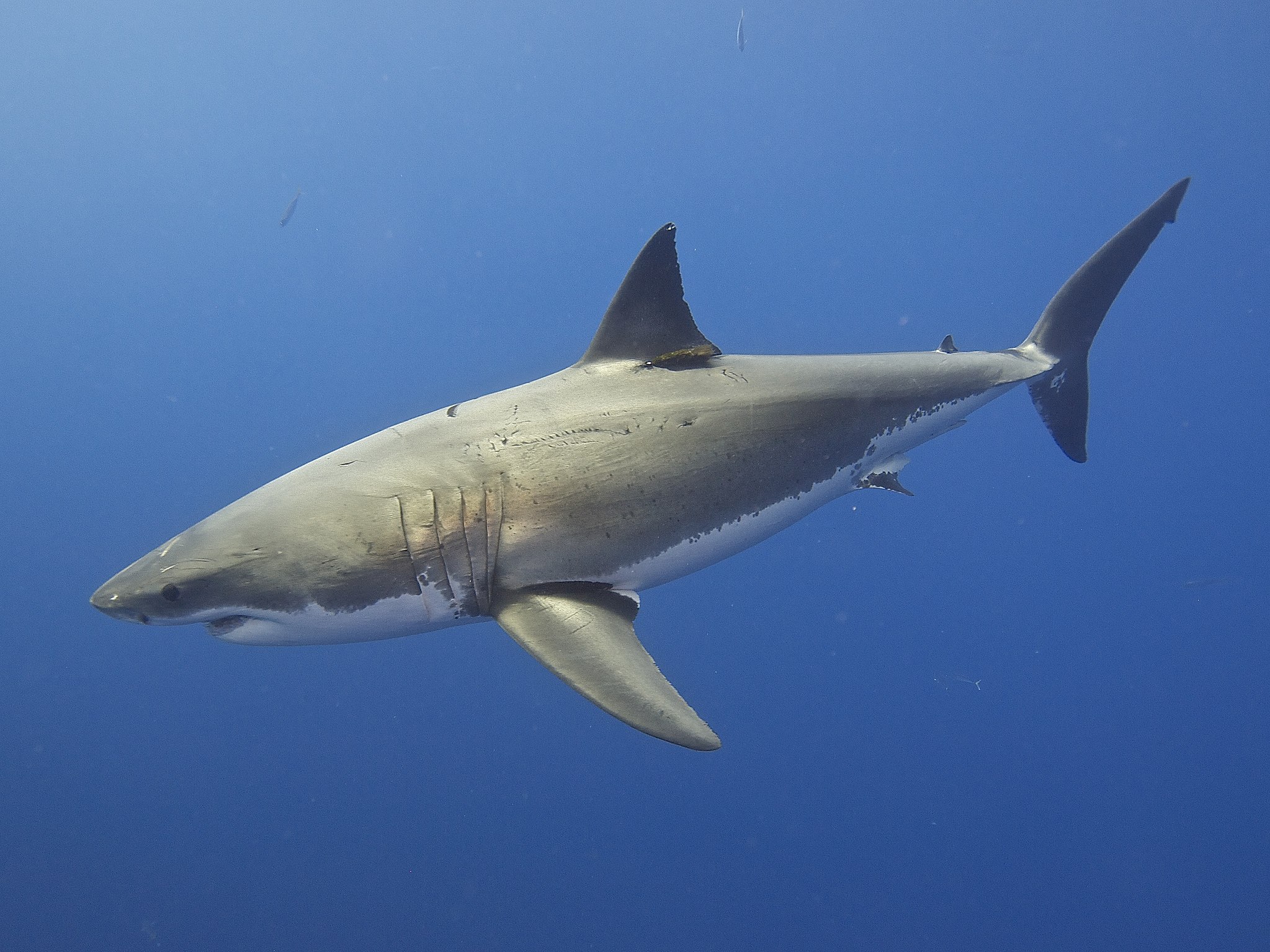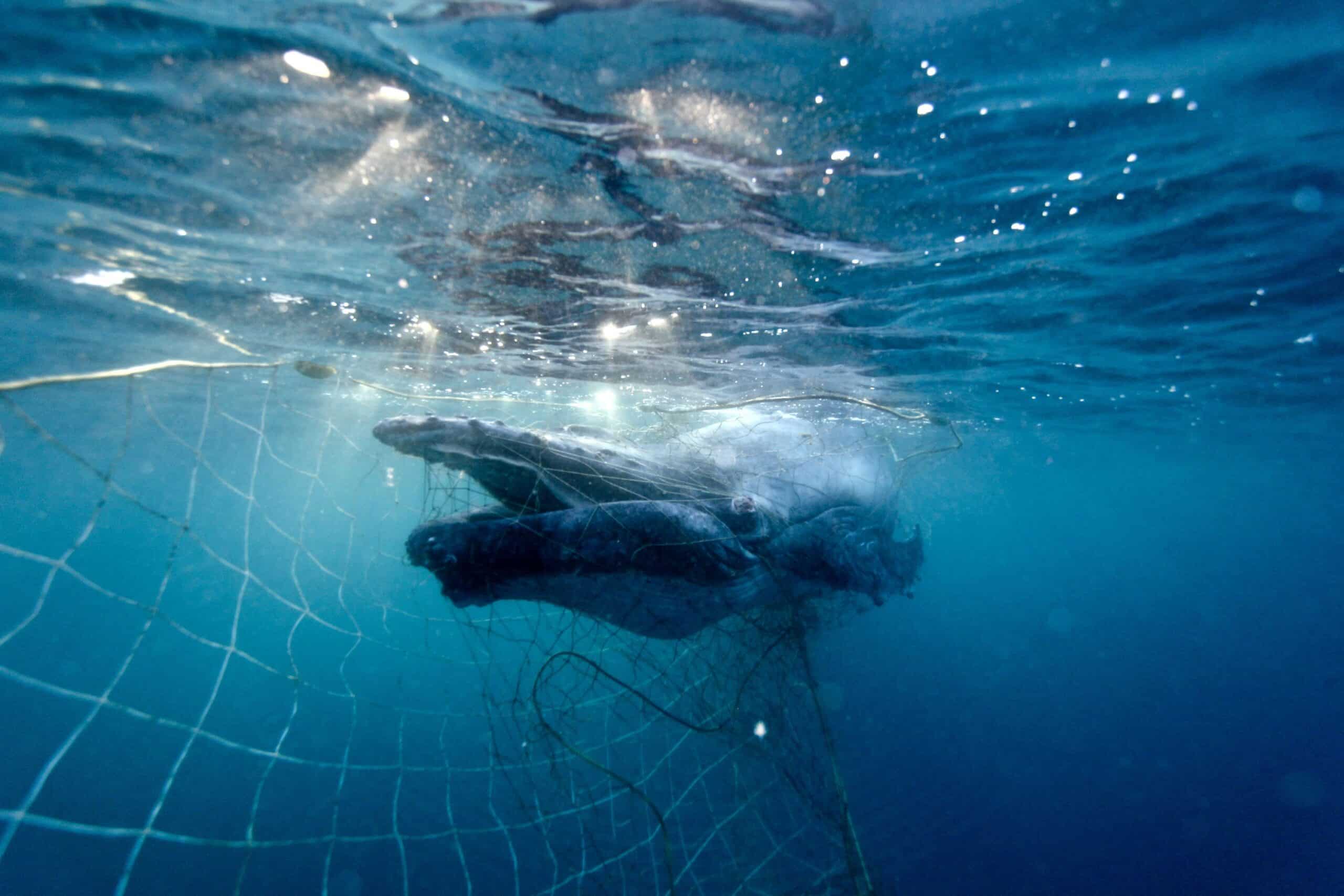Research shows that Australia’s great white sharks are highly related to each other and may consist of fewer than 500 breeding animals. SYDNEY, 24 June 2025: Latest research has found Australia’s great white shark population is much smaller than expected, increasing their vulnerability to further population threats. The population...
Conservation groups say a new scheme to install more drones and other non-lethal surveillance tools at NSW beaches is a step in the right direction towards science-backed safety strategies that work best for swimmers and wildlife.
Humane Society International (HSI) and the Australian Marine Conservation Society (AMCS) say the NSW government’s Shark Observation Grants Program must pave the way towards ditching ineffective, destructive shark nets from NSW waters.
The program will enable organisations such as local councils, Marine Rescue NSW, and Surf Life Saving NSW to apply for grants to implement shark surveillance technologies including drones, observation towers, emergency evacuation and communication systems.
Lawrence Chlebeck, marine biologist with HSI, said: “This is another step in the right direction away from culling sharks in nets. NSW is acknowledging the effectiveness of drone surveillance programs in protecting swimmers, and we believe that councils up and down the NSW coast will take advantage of this program. Government and public trust in these proven successful systems must pave the way to ditching the ineffective, destructive shark nets for good.”
Shark nets kill hundreds of harmless marine animals each and every year across the 5 [1] NSW beaches where they are installed. At just 150 metres in length, the nets do not form a barrier and a recent study showed that 40% of sharks were caught on the beachside of the net1. Additionally, 34 unprovoked shark interactions have occurred on netted beaches [2].
“Shark nets provide nothing more than a false sense of security and the sooner we can transition to non-lethal alternatives, such as those covered by this new grant program, the better for NSW’s marine wildlife and the beach-going public. The only guarantee we have from these nets are the drownings of iconic wildlife like dolphins, sharks and turtles,” said Tooni Mahto, Fisheries and Threatened species spokesperson at AMCS.
“It’s long past time that we ditch the nets in favour of modern, effective non-lethal technologies. There’s been nearly 100 years of progress in technology and our understanding of shark behaviour since the nets were first introduced, and now’s the time to make a change,” concluded Mr Chlebeck.
1 – McPhee 2012, Likely effectiveness of netting or other capture programs as a shark hazard mitigation strategy in Western Australia
2 – https://www.sharksmart.nsw.gov.au/shark-nets


